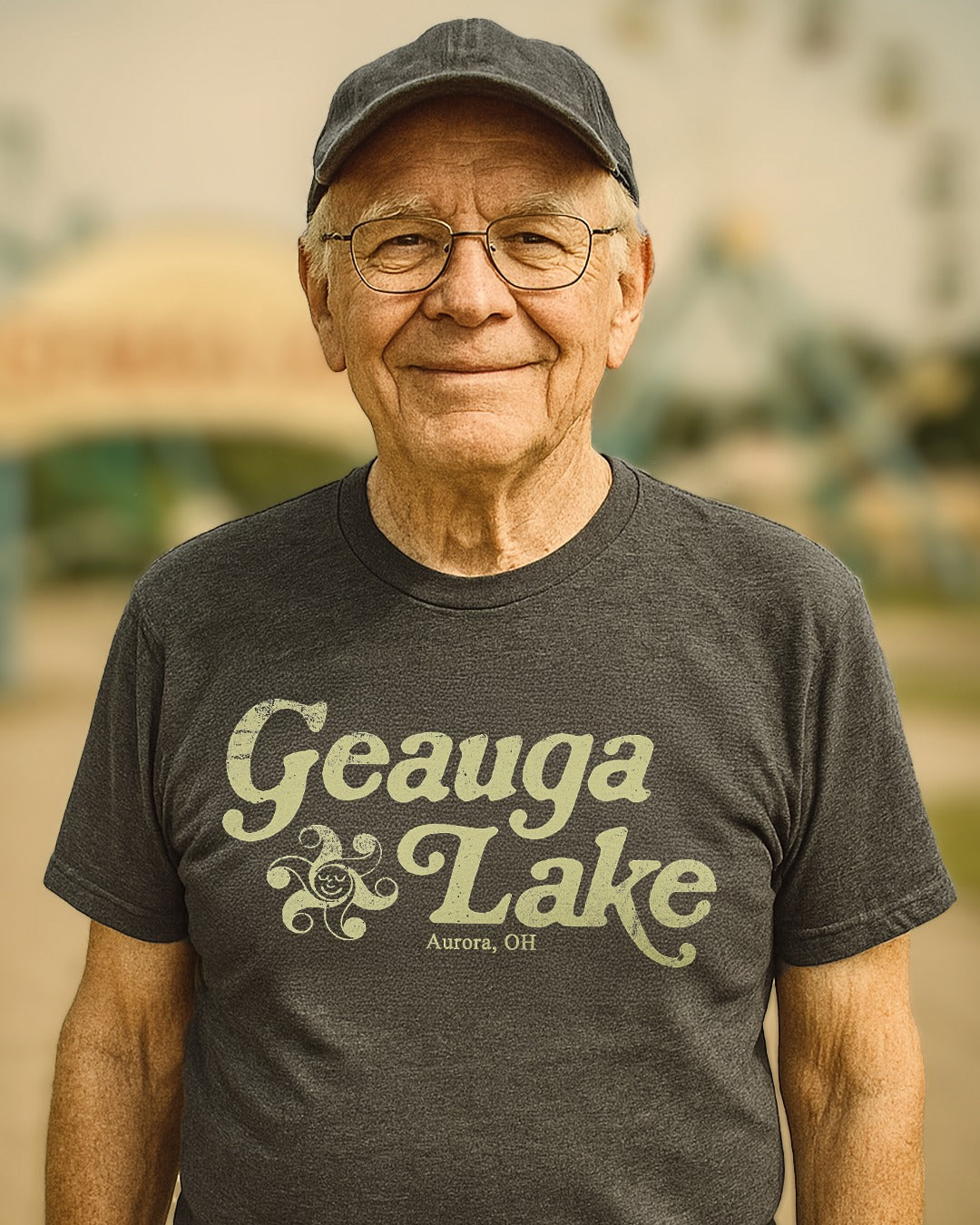When CKLW Was America and Canada's Greatest Rock & Roll Radio Station
One of the greatest rock & roll radio stations in America wasn’t located in the United States at all but across the Detroit River in Windsor, Ontario, Canada. Indeed, CKLW, broadcasting at 800 on the AM dial, was arguably Canada’s all-time best rock & roll radio station.
Get these CKLW shirts at 20% OFF with code: thebig8 Just click on the image:


The station first went on the air in 1932 as CKOK, 540 AM. After a few changes in ownership and frequency location, the station landed on 800 kHz (AM) in 1941. At 50,000 watts, it could broadcast over a wide area during the day. Even at a reduced wattage after sunset, it could reach much greater distances at night.
For the first few decades of its existence, CKLW’s programming wasn’t too dissimilar from other radio stations of that era in North America. Though its studio and transmitter were in Windsor, it served as the Detroit affiliate first for CBS radio, then later for the Mutual Broadcasting System. The station’s schedule featured variety, music, and comedy programs. As TV became more popular, though, these types of shows began to lose listeners.
In 1963, the station was sold to RKO General who switched the station's format to rock & roll. Though it had competition from rock stations in Detroit, CKLW, thanks to its booming 50,000-watt signal, became hugely popular in both Southeast Michigan and Southwest Ontario. It also appeared near the top of the ratings in Toledo and Cleveland. This was further spurred by an upgrade to the format in 1967.
At that time, the station adopted, with a few tweaks, the Boss Radio format pioneered by rock & roll station KHJ in Los Angeles. That move pushed CKLW, nicknamed “The Big 8,” into first place in the Detroit radio market and further cemented its place near the top of the Toledo and Cleveland ratings books. It would stay at or near the top of all three markets through the 1970s and into the early 1980s.
Two notable differences between the Boss Radio format and CKLW’s version were the number of records in the rotation and the various genres played. The traditional Boss format called for 40-75 current hits to cycle through, mostly pop, rock, and R&B. CKLW’s playlists contained between 80 and 100 songs, with the occasional country tune and a heavy emphasis on deeper R&B cuts. The top cuts would be featured weekly on the Big 30 countdown with a year-end chart called the Big 80.
While the station was riding high in the 70s, changes were afoot. FM radio, with its richer signal and stereophonic capabilities was gaining in popularity. Once merely an outlet for avante-garde and experimental music, FM stations became more mainstream in the 70s, while still maintaining an air of edginess that made them seem hipper than their older AM counterparts.
In neighboring Detroit, WRIF (101.1 FM) began to chip away at CKLW’s audience. In Cleveland and Toledo, it was WMMS (100.7 FM) and WIOT (104.7 FM), respectively that challenged CKLW’s dominance. Interestingly, by the late 70s, Cleveland’s two biggest AM rock stations, WWWE (formerly WKYC, 1100 AM) and WIXY (“Wixie 1260” AM) had moved away from top 40 chart-based rock and into what would become known as adult contemporary radio.
CKLW soldiered on with its version of Boss Radio, but it too gradually moved away from rockier songs, even when they charted. Where it once had no problem playing Kiss, Led Zepplin, and Deep Purple, it later stayed away from artists like Joan Jett, Def Leppard, and The Clash. By 1984, the party was over. In October of that year, most of the staff was laid off and the format switched to an automated Music of Your Life format.
There is still some debate over what killed CKLW, at least the CKLW that the first generation of rock radio listeners grew up with. Many point to the 1971 ruling by the CRTC (Canada’s version of the FCC) that 30 percent of all music played by Canadian radio broadcasters must be by Canadian artists. A similar rule for TV broadcasters is said to have inspired the Bob & Doug McKenzie characters from SCTV some ten years later.
However, this really didn’t seem to impact CKLW’s playlist. The wider list did comply, and even though a lot of Canadian acts did get a little more exposure (The Guess Who, Bachman Turner Overdrive, Five Man Electrical Band, Gordon Lightfoot, etc.) the Big 30 almost always contained far fewer Canadian songs than the mandated 30 percent.

The top 80 songs for 1976 on CKLW
What really hurt CKLW, and its contemporaries, was, of course, FM radio, with a little help from cable TV. FM’s superior sound and increased availability in cars really helped propel its place as the preferred platform for music radio, leaving AM to adopt news/talk formats. Cable TV, just starting to spread in the early 1980s, brought music videos, and subsequently more adventurous choices, to music fans via USA Network’s Nightflight, HBO’s Video Jukebox, and of course, MTV.
CKLW did try to move the AM station’s format to it’s FM sister station in early 1984, but the CRTC blocked the move (in the U.S., the FCC has no such authority over format changes). With that avenue closed the station was sold.
Even if the station had been successful in shifting to AM, a format change or at least upgrade would have been necessary, and it’s unclear whether the station’s management would have been willing to pursue that course of action.
Today, CKLW runs a news/talk format not unlike dozens of stations across the U.S., except that it also carries some Canadian-produced programs. Many of the station’s former air staff stay in touch and meet periodically at reunions to reminisce about The Big 8’s heyday.



